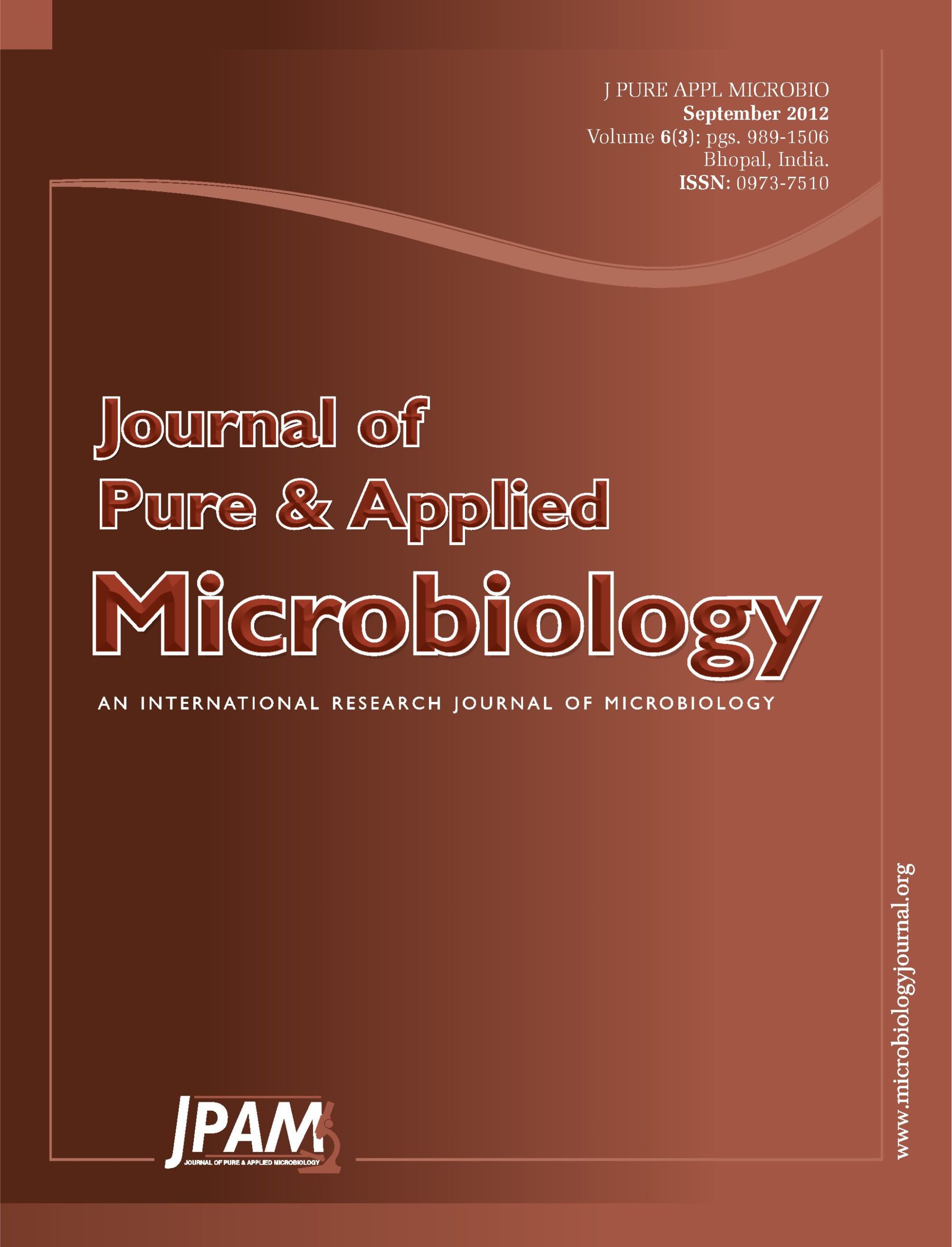The efficient management of nematodes requires the carefully integrated combination of several methods. Each individual method of management has limited use, together; they help in reducing the nematode populations in agricultural soil or in plants more efficiently. Hence, the present study was carried out to determine the effect of mutagen (Hydrazine hydrate) treated seeds of chickpea var. ‘GNG-469’ with latex of Jatropha panduraefolia either alone or in combination against Meloidogyne javanica and Rotylenchulus reniformis. Statistical analysis showed that treated seeds significantly reduced nematodes population in soil and root galling and, improved plant growth parameters including chlorophyll content as compared to control. Severities of disease were shown more at 4000 J2 inoculation of M. javanica. However, combined inoculations of Meloidogyne javanica and Rotylenchulus reniformis were also shown pathogenic severity as compared to separate inoculation. Therefore, plant growth improvement and disease severity are directly related with latex dressing of mutagen treated seeds and different inoculation rate of nematodes.
Nematodes, Mutagen, root galling, Management, Chickpea, Plant latex
© The Author(s) 2012. Open Access. This article is distributed under the terms of the Creative Commons Attribution 4.0 International License which permits unrestricted use, sharing, distribution, and reproduction in any medium, provided you give appropriate credit to the original author(s) and the source, provide a link to the Creative Commons license, and indicate if changes were made.


